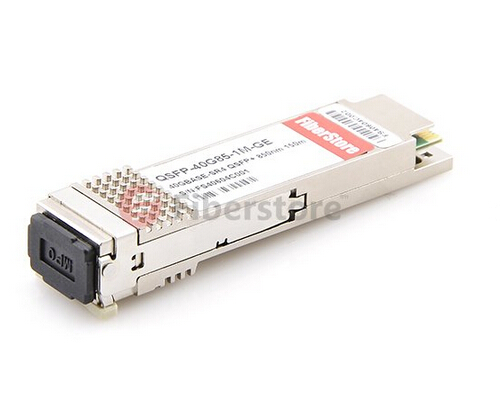Networking Cables and Connectors (Fiber and Copper)
Three Types Physical Media Systems For 10 Gigabit Ethernet
Overview
Dramatic growth in data center throughput has led to the increasing usage and demand for higher-performance servers, storage and interconnects. As a result, we are seeing the expansion of higher speed Ethernet solutions, specifically 10 and 40 gigabit Ethernet. This text will take an overview of 10 gigabit ethernet as well as introducing some common 10-gigabit physical media systems: fiber optic media systems, DAC cable media systems and twisted-pair media systems.
Introduction of 10 Gigabit Ethernet
10 Gigabit Ethernet is a group of computer networking technologies for transmitting Ethernet frames at a rate of 10 gigabits per second. It was first defined by the IEEE 802.3ae-2002 standard. Unlike previous Ethernet standards, 10 Gigabit Ethernet defines only full duplex point-to-point links which are generally connected by network switches. Like previous versions of Ethernet, 10GbE can use either copper or fiber cabling. However, the 10 Gigabit Ethernet standard encompasses a number of different physical layer (PHY) standards. A networking device may have different PHY types through pluggable PHY modules, such as those based on XENPAK, XFP and SFP+.
Classification of 10 Gigabit Ethernet
When comes to 10 gigabit Ethernet (10GbE), IT managers are now faced with the challenge of selecting the appropriate 10-gigabit physical media. Broadly, this media is usually offered in the following three categories:
10 Gigabit Ethernet Fiber Optic Media Systems Solution
There are two classifications for optical fiber: single-mode (SMF) and multimode (MMF). SMF is used for long distance communication and MMF is used for distances of less than 300 m. There are also active optical cables (AOC). These have the optical electronics already connected eliminating the connectors between the cable and the optical module. They plug into standard optical module sockets. They are lower cost than other optical solutions because the manufacturer can match the electronics to the required length and type of cable. AOC Cable provides very short distance (same shelf) inexpensive connectivity at 10G rates between two 10G data ports. The following picture shows the SFP+ active optical cables (AOC):
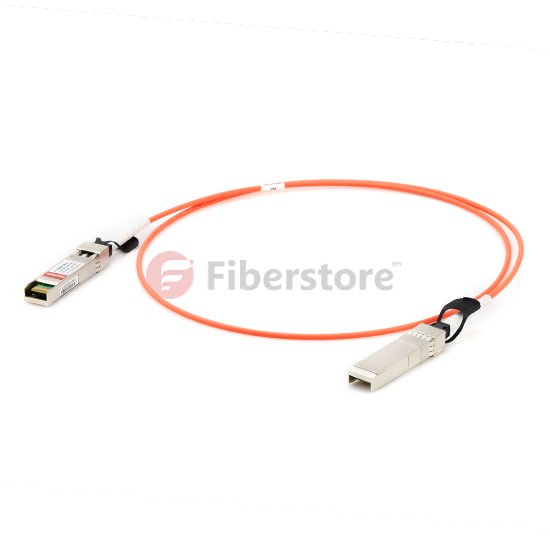
NOTE: Dramatically reducing 10G interconnectivity costs, the 10G cables can provide inexpensive and reliable 10G speed connections using either copper cables with distances reaching up to 15 meters or active optical cables reaching even 100 meters.
10 Gigabit Ethernet Copper Direct Attach Cable Media Systems (10GSFP+Cu) Solution
SFP+ direct attach cable (DAC), also known as 10GSFP+Cu, is a copper 10GBASE Twinax Cable which comes in either an active or passive twinax cable assembly and connects directly into an SFP+ housing. SFP+ direct attach cable has a fixed-length cable, typically 1 to 7 m (passive cables) or up to 15 m (active cables) in length. And like 10GBASE-CX4, is low-power, low-cost and low-latency with the added advantages of using less bulky cables and of having the small form factor of SFP+. Besides, SFP+ direct attached Twinax copper today is tremendously popular, with more ports installed than 10GBASE-SR. The following picture shows the SFP+ passive direct attach cable(DAC):
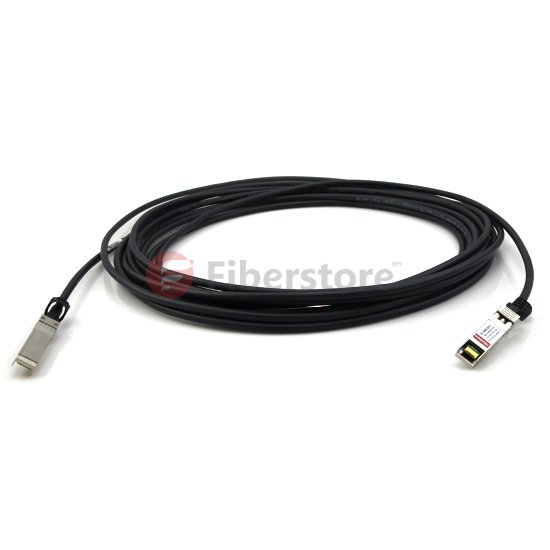
10 Gigabit Ethernet Twisted-Pair Media Systems (10GBASE-T) Solution
10GBASE-T is a standard released in 2006 to provide 10 Gbit/s connections over unshielded or shielded twisted pair cables, over distances up to 100 metres. 10GBASE-T cable solution can also be used for 1000BASE-T allowing a gradual upgrade from 1000BASE-T using auto negotiation to select which speed to use. 10GBASE-T uses the IEC 60603-7 8P8C (commonly known as RJ45) connectors already widely used with Ethernet. Transmission characteristics are now specified to 500 MHz. To reach this frequency Category 6A or better balanced twisted pair cables are needed to carry 10GBASE-T up to distances of 100m. The following picture shows the Category 6A cable:
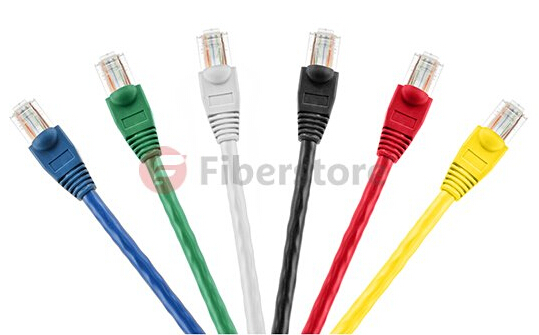
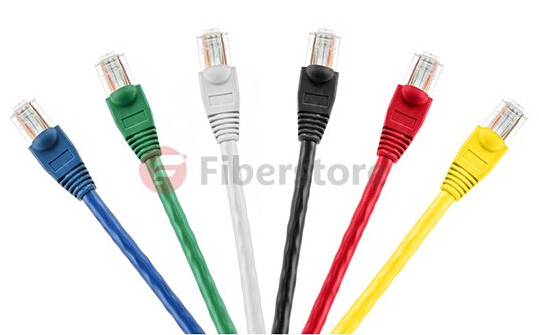
SOURCE: http://www.cables-solutions.com/three-types-physical-media-systems-for-10-gigabit-ethernet.html
What Are The Differences Between SFP, SFP+, XFP, QSFP/QSFP+, CFP and QSFP28?
Recently, we can see some products information about fiber optic transceivers, such SFP, SFP+, XFP, QSFP and QSFP+ on facebook. Have you ever wondered what are they respectively for and what’s the difference between them? Today, we are going to talk something about them in this paper.
SFP
SFP, small form-factor pluggable for short, is a compact, hot-pluggable transceiver module used for both telecommunication and data communications applications. SFPtransceiver can be regarded as the upgrade version of GBIC module. Unlike GBIC with SC fiber optic interface, SFP is with LC interface and the main body size of SFP is only about half of GBIC, which makes the SFP space saving. SFP interfaces a network device mother board (for a router, switch, media converter or similar devices) to a fiber optic or copper networking cable. Meanwhile, SFP is a popular industry format supported by many network component vendors. SFP transceiver modules are designed to support SONET, Gigabit Ethernet, Fibre Channel, and other communications standards.
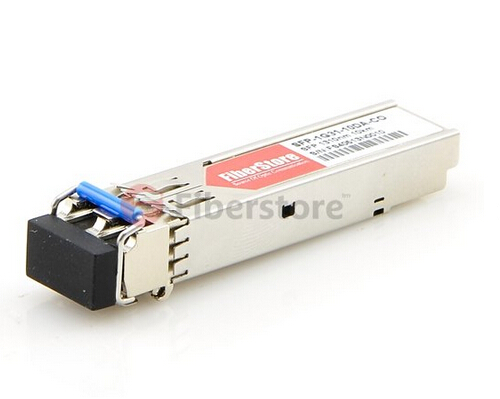
SFP+
SFP+ is an enhanced version of the SFP that supports data rates up to 10 Gbit/s. SFP+ supports 8 Gbit/s Fibre Channel, 10-gigabit Ethernet and Optical Transport Network standard OTU2. It is a popular industry format supported by many network component vendors. Initial standard applications focused on 8G Fibre Channel, 10G Ethernet and 10G Fibre Channel, where the electrical interface to the host board is a standardized serial interface called SFI. The applications have expanded to include SONET OC-192, SDH STM-64, OTN G.709, CPRI wireless, 16G Fibre Channel, and the emerging 32G Fibre Channel application.
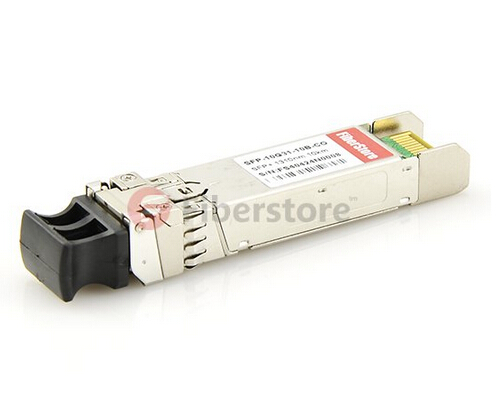
XFP
XFP has appeared before the SFP+. It is also a standardized form factor for serial 10 Gb/s fiber optic transceivers. It is protocol-independent and fully compliant to the following standards: 10G Ethernet, 10G Fibre Channel, SONET OC-192, SDH STM-64 and OTN G.709, supporting bit rate from 9.95G through 11.3G. XFP transceivers are used in datacom and telecom optical links and offer a smaller footprint and lower power consumption than other 10 Gb/s transponders. The electrical interface to the host board is a standardized serial 10 Gb/s interface called XFI.
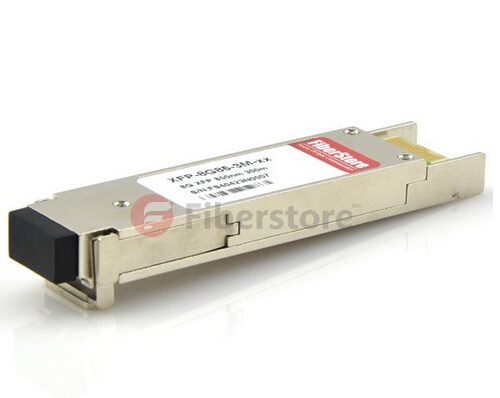
QSFP/QSFP+
QSFP is short for quad (4-channel) small form-factor pluggable. It is a compact, hot-pluggable transceiver also used for data communications applications. QSFP+ evolved as the standard to support 10Gb/s data rates per SFF-8436. Compared with QSFP+, QSFP products support Quarter Small Form-factor Pluggable with the different data rate so that there is no change in the product solution. Nowadays, QSFP+ gradually replace QSFP and is widely used by people as it can provide higher bandwidth.
CFP
CFP, namely C form-factor pluggable, is a multi-source agreement to produce a common form-factor for the transmission of high-speed digital signals. The c stands for the Latin letter C used to express the number 100 (centum), since the standard was primarily developed for 100 Gigabit Ethernet systems. It can support a wide range of 40 and 100 Gb/s applications such as 40G and 100G Ethernet, OC-768/STM-256, OTU3, and OTU4.
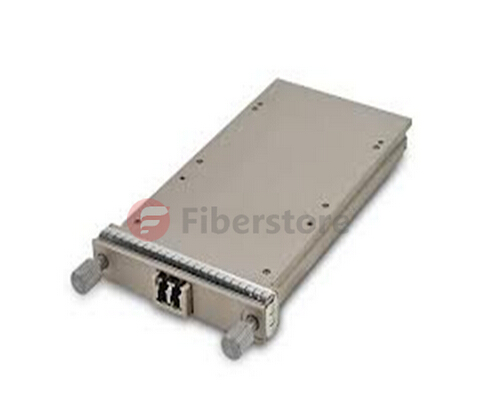
The 100G QSFP28 transceiver module is a high-density, high-speed product designed for 100Gbps applications. It has the same form factor as the QSFP+ transceievrs. QSFP28 100G optics offers four channels of high-speed differential signals with data rates ranging from 25 Gbps up to potentially 40 Gbps, and finally meet 100 Gbps Ethernet (4×25 Gbps) and 100 Gbps 4X InfiniBand Enhanced Data Rate (EDR) requirements. QSFP28 transceiver recently is typically available in several standards—100GBASE-SR4, 100GBASE-LR4, 100GbASE-PSM4 and 100GBASE-CWDM4. QSFP28-100G-SR4 operates over multimode fiber for a distance of 100 m. While 100GBASE-LR4 QSFP28 supports a much longer distance of 10 km. Compared with CFP form factors, QSFP28 optics are more popular on the 100G optics market.
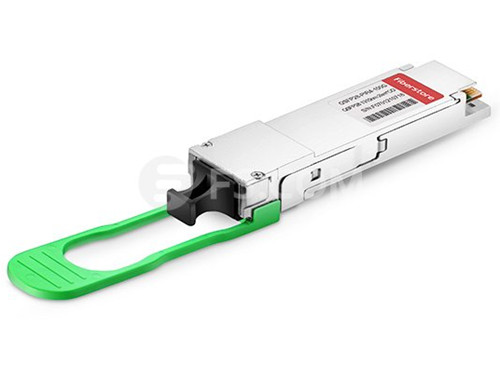
Differences of These Fiber Optic Transceivers
Through the above definitions of each type of fiber optic transceiver module, you may have a further understanding of them. Now, we are comparing these transeiver one by one.
- SFP vs SFP+ (SFP+ vs SFP): Simple to understand, SFP+ is an update vision of SFP. SFP usually support 1.25Gbit/s to 4.25 Gbit/s while SFP+ supports data rates up to 10 Gbit/s. SFP and SFP+ have the same size and appearance, but in different standard which SFP is based on IEEE802.3 and SFF-8472.
- SFP+ vs XFP (XFP vs SFP+): In comparison to earlier XFP modules, SFP+ modules leave more circuitry to be implemented on the host board instead of inside the module. The size of SFP+ is smaller than XFP, thus it moves some functions to motherboard, including signal modulation function, MAC, CDR and EDC. XFP is based on the standard of XFP MSA while SFP+ is compliance with the protocol of IEEE 802.3ae, SFF-8431, SFF-8432.
- SFP+ vs QSFP+: QSFP+ has four-channel SFP+ interfaces which can transfer rates up to 40Gbps. And of course they have different standards.
- CFP vs QSFP+: QSFP+ (Quad Small Form-Factor Pluggable Plus) modules offer customers a wide variety of high-density 40 Gigabit Ethernet. The CFP is a hot-pluggable transceiver module form factor that supports a wide range of 40Gb/s and 100Gb/s applications such as 40G and 100G Ethernet.
SOURCE: http://www.fiber-optic-transceiver-module.com/what-are-the-differences-between-sfp-sfp-xfp-qsfpqsfp-cfp-and-qsfp28.html
